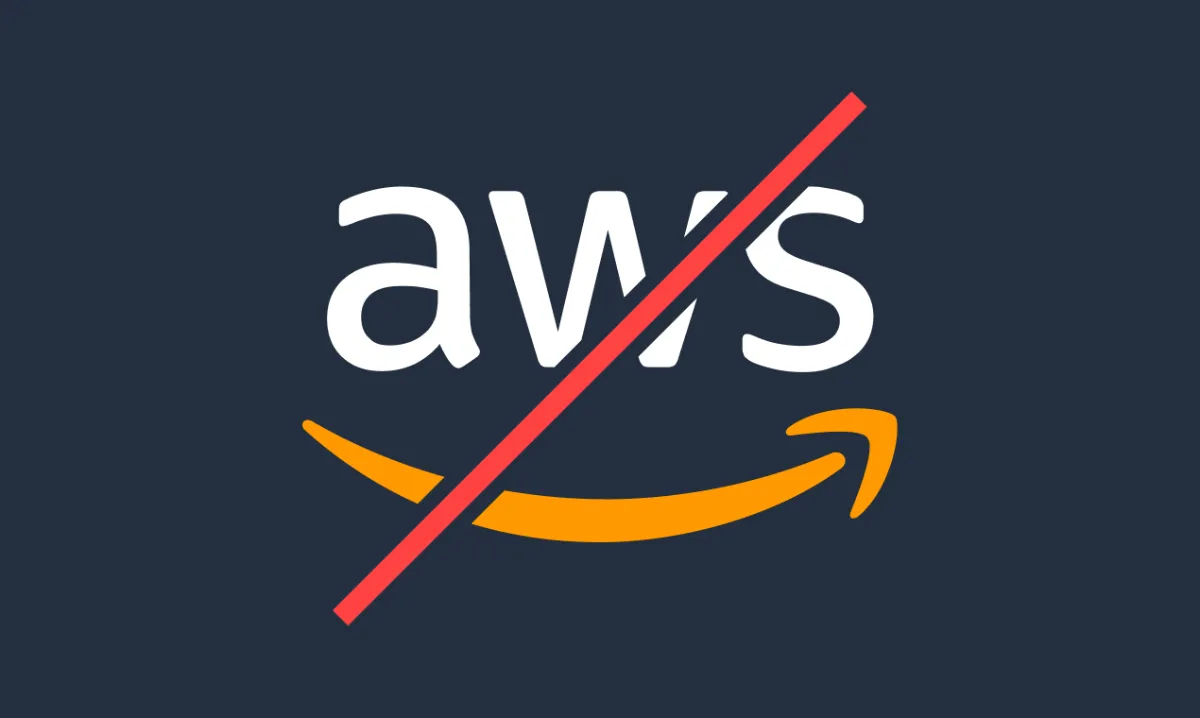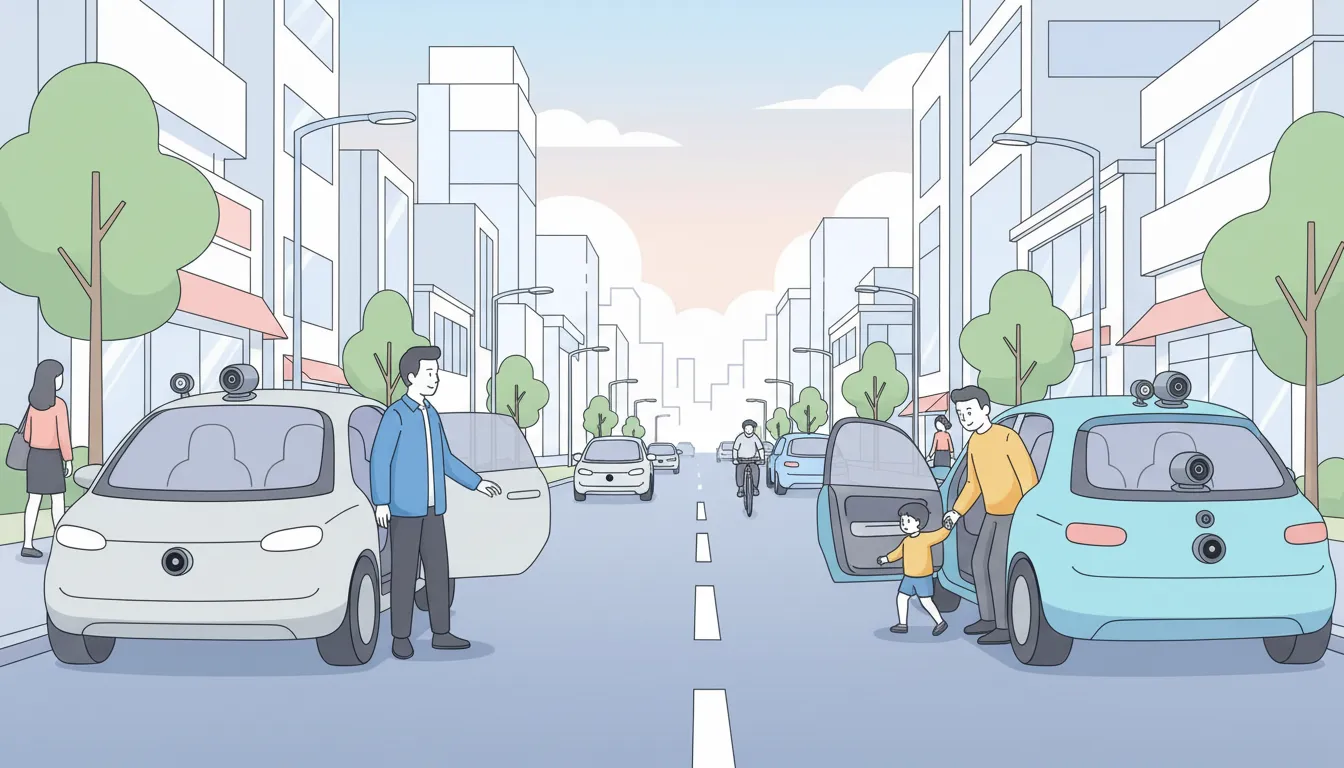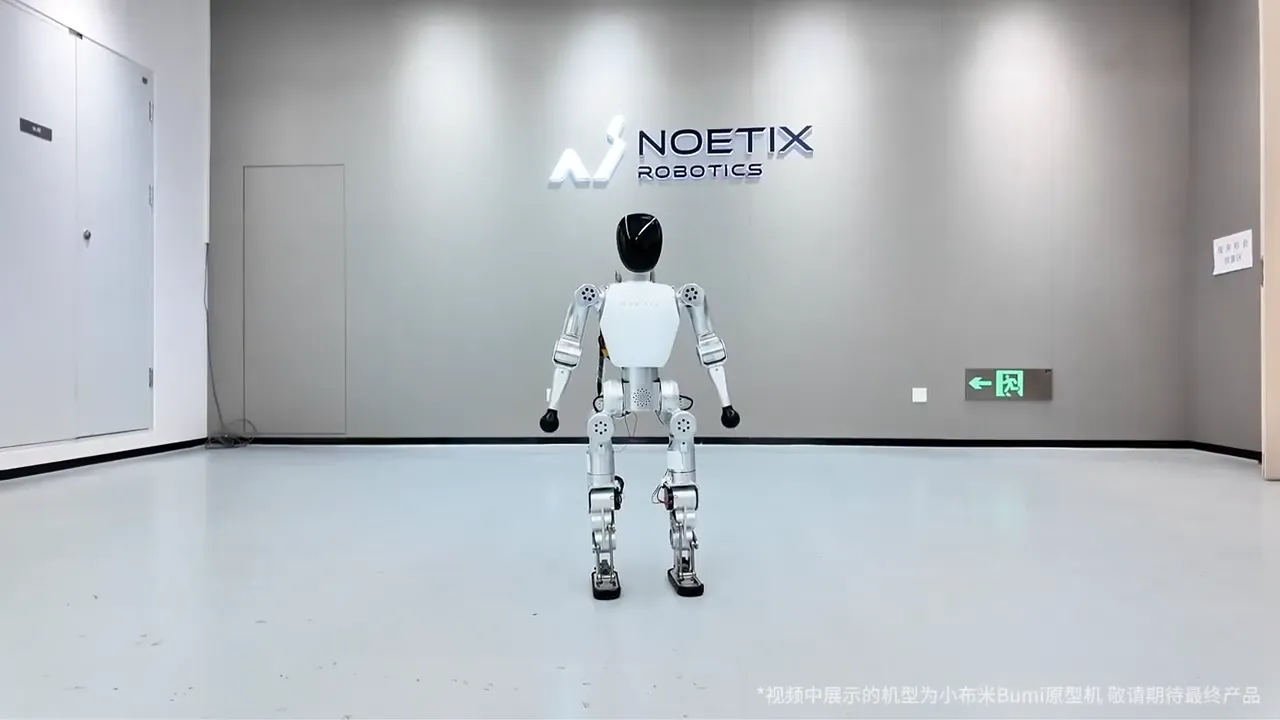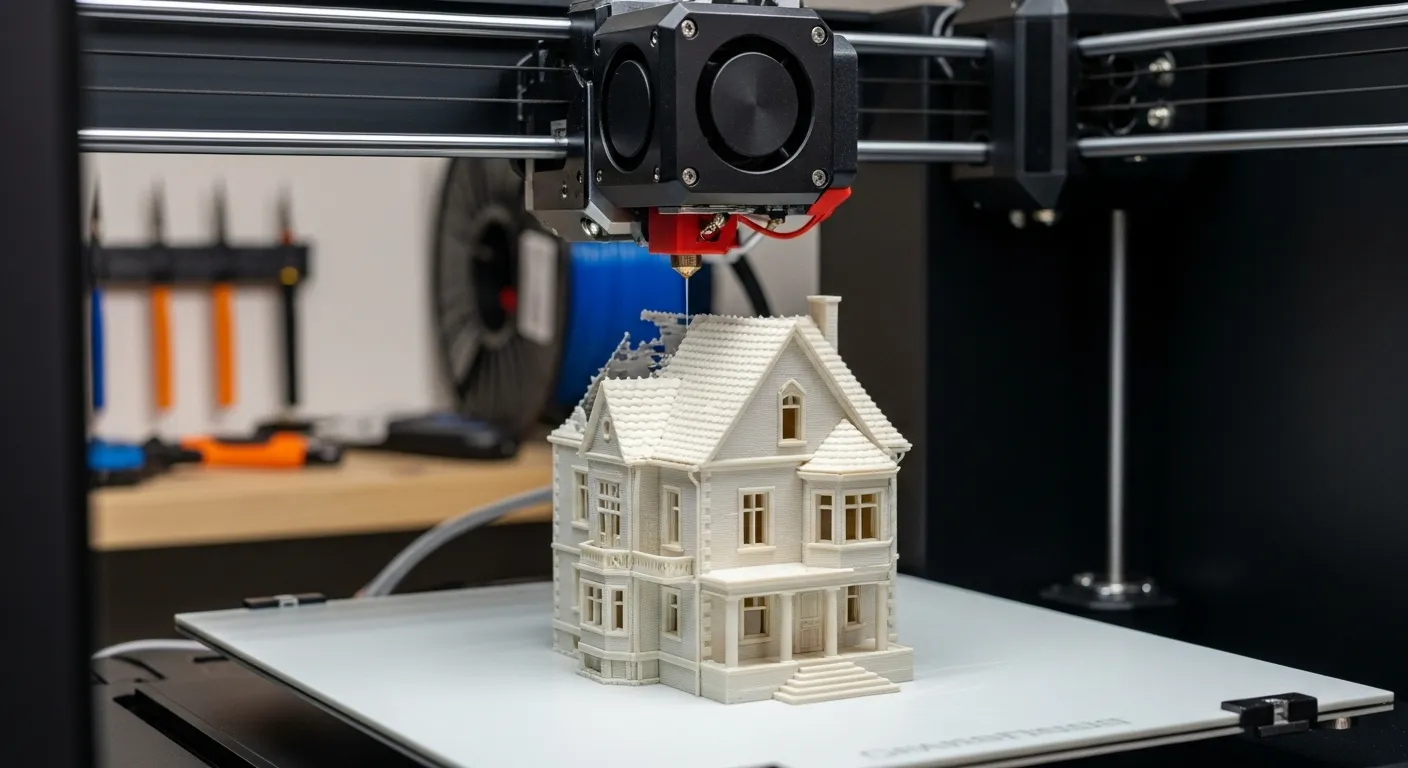- A major AWS outage in the US-EAST-1 region took down numerous popular online services, from gaming to AI.
- The cause was a DNS issue related to Amazon's DynamoDB service, demonstrating the domino effect of infrastructure failure.
- Modern AI and robotics are heavily reliant on cloud computing for processing, updates, and core functionalities.
- This dependency creates a single point of failure, turning sophisticated robots into "expensive paperweights" during an outage.
- Services built on platforms like Webflow, which itself runs on AWS, were also affected, showing the deep-seated nature of this dependency.
- Solutions for manufacturers include adopting multi-cloud or hybrid-cloud strategies to avoid reliance on a single provider.
- Edge computing and designing for "graceful degradation" are key to making robots more autonomous and resilient to network failures.
Well, folks, it happened again. The digital equivalent of a city-wide power outage. On Monday, Amazon Web Services (AWS), one of the colossal pillars holding up the internet, decided to take an unscheduled nap. Specifically, its bustling US-EAST-1 region in Virginia, a data center so critical it's practically the Grand Central Station of the internet, experienced what Amazon called "significant API errors and connectivity issues." For the rest of us, it meant our favorite apps, services, and websites suddenly displayed the digital equivalent of a "gone fishing" sign.
The culprit? A "DNS resolution" issue with DynamoDB, Amazon's high-performance database service. In layman's terms, the internet's address book for a massive chunk of its services got scrambled. The system that tells your app where to find its data couldn't give directions, leading to a cascading failure that took down everything from the gaming worlds of Fortnite and Roblox to communication apps like Snapchat and AI darlings like Perplexity AI.
This isn't just a minor inconvenience; it's a stark, flashing red warning sign about the fragility of our increasingly connected world. And for those of us in the robotics and AI space, it’s a particularly sobering reminder of who’s really in charge.
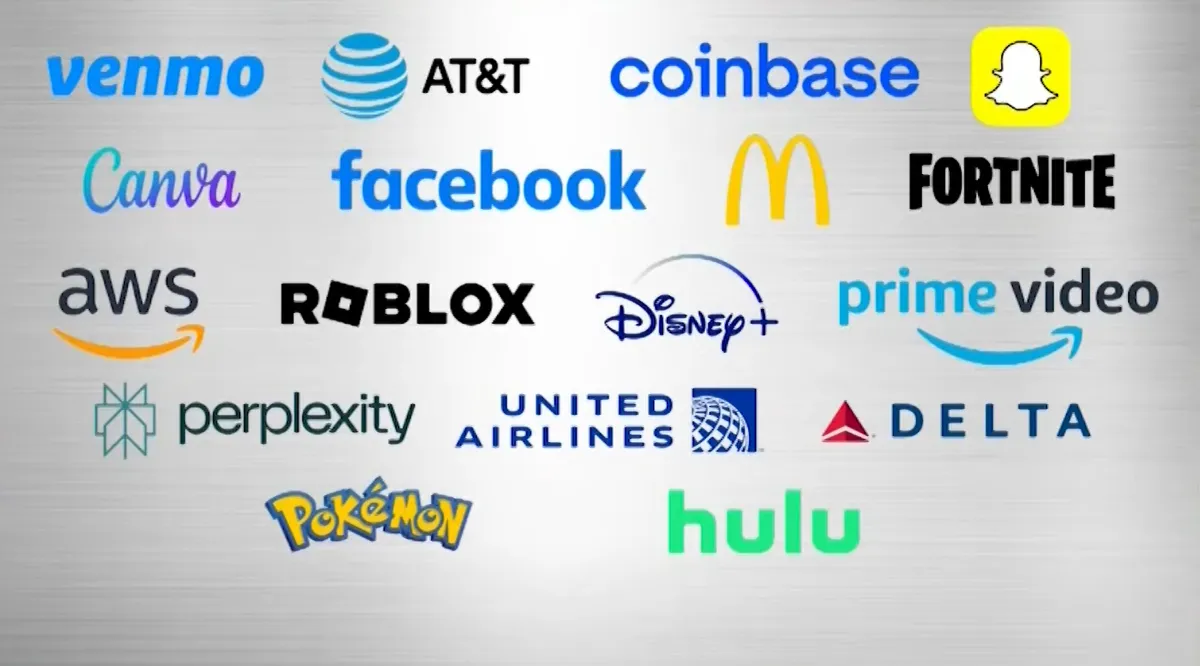
Our Brilliant Robots: Now Expensive Paperweights
Let's talk about our shiny, intelligent friends: robots. Modern robotics, especially in the consumer and commercial space, is no longer about clunky, self-contained machines performing repetitive tasks. They are sophisticated, connected devices. They rely on the cloud for everything: processing vast amounts of sensor data, receiving software updates, running complex AI models, and communicating with each other and their human operators.
When the cloud goes down, that fancy delivery drone can't get its flight path. The AI-powered warehouse robot freezes mid-aisle, unable to access inventory data. The smart vacuum cleaner you yelled at this morning forgets the floor plan of your house. They become, for all intents and purposes, very expensive paperweights.
This dependency is a double-edged sword. The cloud gives robots seemingly limitless computational power and intelligence. It allows them to be lighter, cheaper, and more capable than if all the processing had to be done on-board. But as the AWS outage demonstrated, this centralized model creates a single, massive point of failure. We're not just building robots; we're building distributed systems that are fundamentally dependent on the uptime of a few giant tech companies.
This incident also casts a spotlight on services we don't even think about. Take, for example, Aparobot. Like many modern companies, its website is hosted on Webflow, a fantastic platform that allows for rapid, no-code web development. But where does Webflow live? You guessed it: on AWS. So, when AWS stumbled, Webflow felt the pain, and by extension, so did Aparobot and countless other businesses who suddenly couldn't reach their customers or showcase their products. It's a digital domino effect.
How Do We Build a More Resilient Robotic Future?
So, what's a robot manufacturer to do? Throw up their hands and go back to building analog automatons? Not quite. The solution isn't to abandon the cloud but to be smarter about how we use it.
- Multi-Cloud and Hybrid-Cloud Strategies: The most obvious, though often complex and expensive, solution is not to put all your eggs in one basket. A multi-cloud approach involves using services from multiple cloud providers (like AWS, Google Cloud, and Microsoft Azure) simultaneously. If one goes down, traffic can be rerouted to another. A hybrid-cloud strategy combines a private, on-premises cloud with a public one, allowing for greater control over critical operations while still leveraging the scalability of the public cloud.
- The Rise of Edge Computing: This is where things get really interesting for robotics. Edge computing is a paradigm that moves computation and data storage closer to the sources of data – in this case, the robot itself. Instead of sending every bit of sensor data to the cloud for processing, the robot can handle critical tasks locally ("on the edge"). This dramatically reduces latency and, more importantly, allows the robot to maintain core functionality even if its connection to the mother ship is severed. Think of it as giving the robot enough "local smarts" to keep working until the cloud comes back online.
- Graceful Degradation: Software and systems should be designed with failure in mind. "Graceful degradation" is the concept that a system should be able to fail in a way that minimizes the impact on the user. For a robot, this could mean that if it loses its cloud connection, it doesn't just stop. Instead, it might switch to a limited, offline mode where it can perform only its most essential functions safely. It might not be able to run its most advanced AI navigation algorithm, but it can at least stop, alert a human, and avoid crashing into a wall.
The recent AWS outage wasn't the first, and it certainly won't be the last. For the AI and robotics industry, it's a crucial, if painful, lesson. We are building the future on a foundation of cloud infrastructure. It's our responsibility to ensure that foundation is as robust, resilient, and reliable as the amazing machines we're placing on top of it. Otherwise, we risk a future that can be unplugged by a single DNS error.
